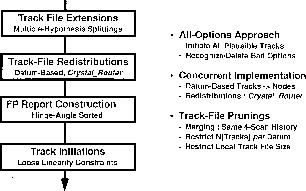
Figure 18.18: Processing Flow for two-dimensional Mono Tracking





The primary function of the two-dimensional tracking module is fairly straightforward: Given two-dimensional data sets arriving at reasonably regular time intervals (scans) from the sensors, construct a big set of ``all'' plausible two-dimensional tracks linking these observations from scan-to-scan. This is done by way of a simple track-splitting module. The tracks from the two two-dimensional trackers in Figure 18.17 are the fundamental inputs to the three-dimensional track initialization algorithm described in the next subsection.
The adoption of track splitting in place of optimal association for the two-dimensional trackers is largely a consequence of assumption (A1) above. Without a restrictive model for the (unseen) motion along the sensor line of sight, the information available to the two-dimensional tracker is not sufficient to differentiate among plausible global track sets through the data points. Instead, the two-dimensional tracker attempts to form all plausible ``tracks'' through its own two-dimensional data set, with the distinction between real and phantom tracks deferred to the three-dimensional track initiation and association modules described in the next section.
With the receipt of a new data set from the sensors, the action of the two-dimensional tracker consists of several simple steps:

Figure 18.18: Processing Flow for two-dimensional Mono Tracking